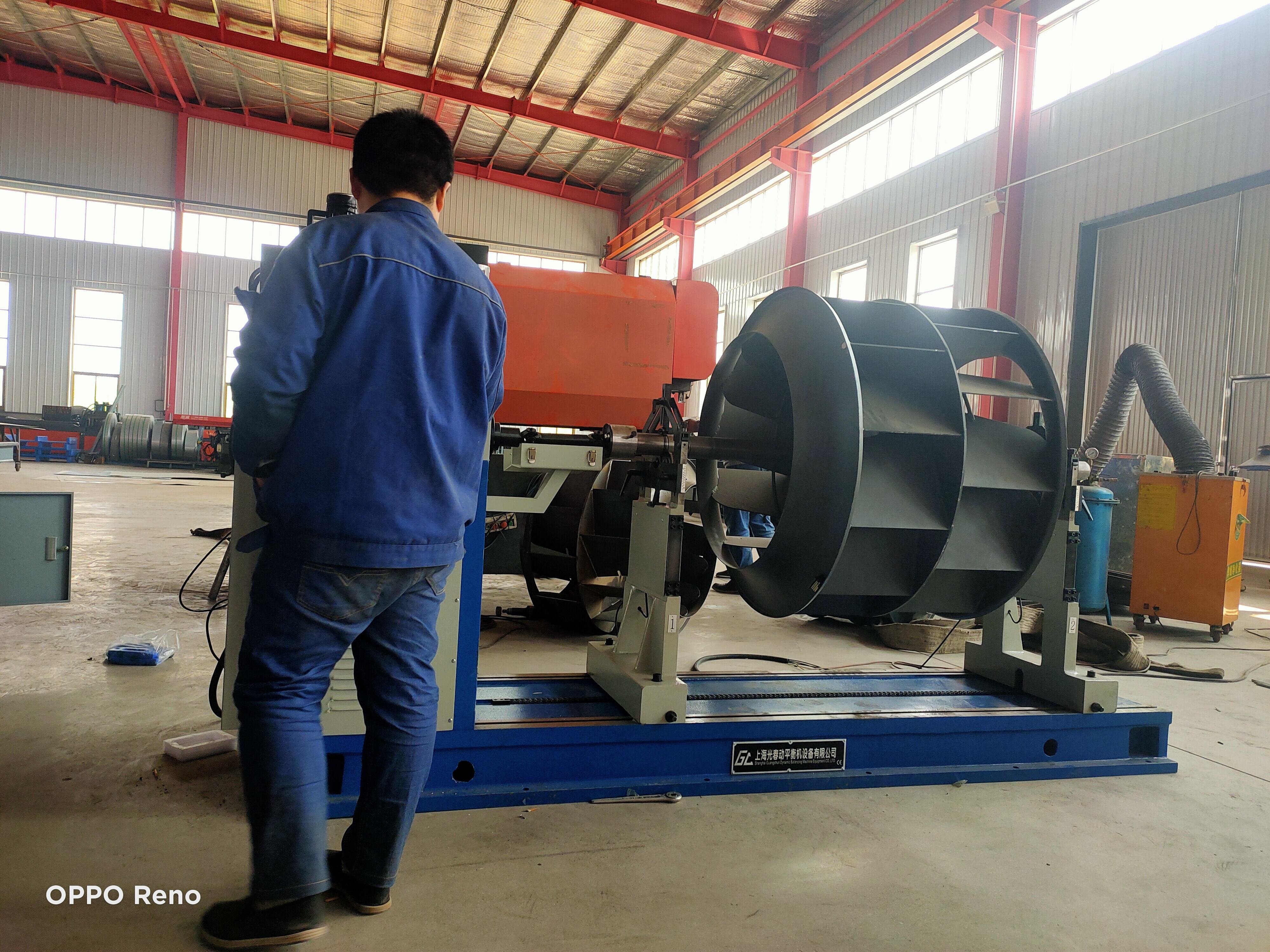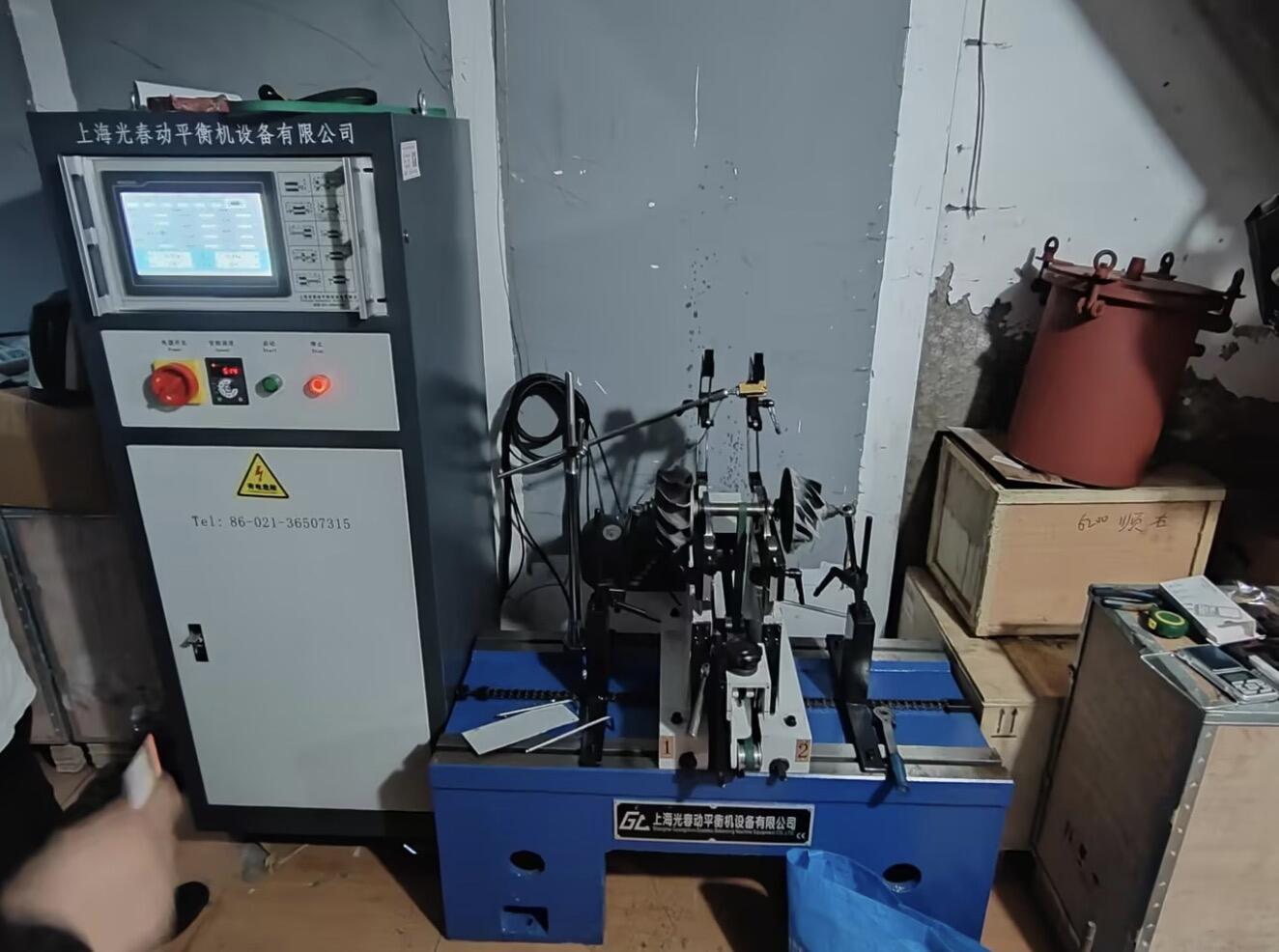balancing machine types
Balancing machines represent essential equipment in modern manufacturing, available in various types to meet diverse industrial needs. The main categories include hard-bearing, soft-bearing, and dynamic balancing machines, each designed for specific applications. Hard-bearing machines, characterized by rigid support structures, excel in high-precision balancing of smaller components. Soft-bearing machines, featuring flexible support systems, are ideal for larger rotors and offer greater versatility in handling different component sizes. Dynamic balancing machines can measure and correct imbalances while the component is in motion, providing real-time analysis and adjustment capabilities. These machines incorporate advanced sensors and digital control systems to detect minute imbalances, measuring both static and couple imbalance with exceptional accuracy. Modern balancing machines are equipped with user-friendly interfaces, automated measurement processes, and sophisticated software that can calculate correction weights and positions. They find extensive applications across industries, from automotive manufacturing and aerospace to power generation and general industrial equipment production. The technology enables precise measurement of imbalance in rotating components, ensuring optimal performance, reduced vibration, and extended equipment lifespan.


